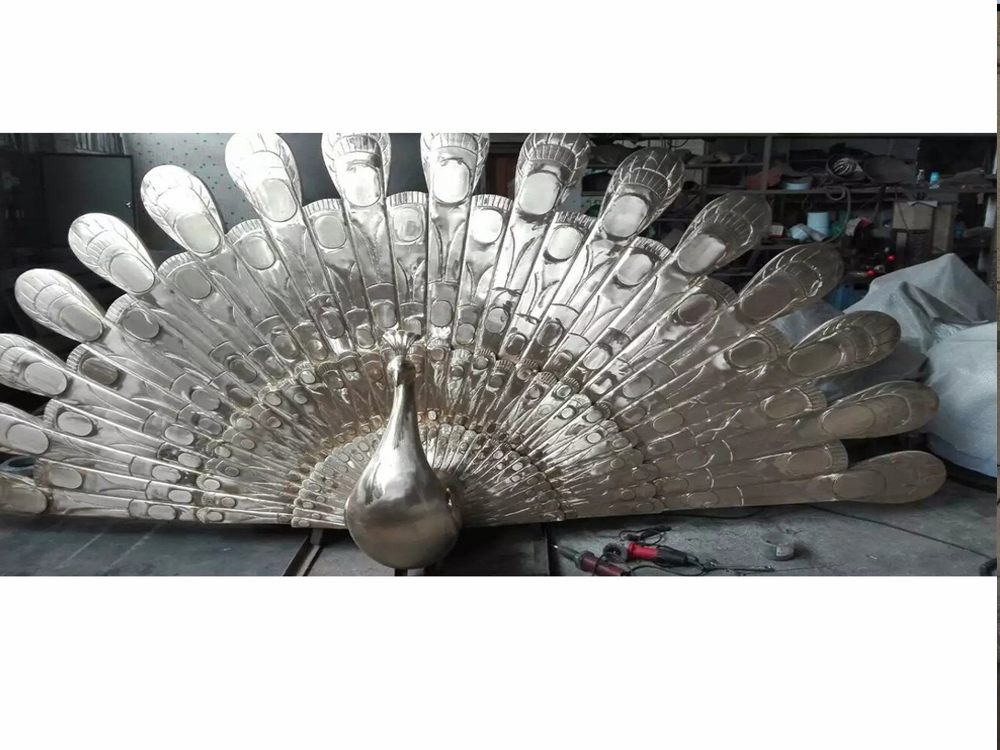
Stone sculptures have long been a medium for artists to explore the concept of time, merging the permanence of stone with the fleeting nature of temporal existence. By carving, weathering, or even deliberately eroding stone, artists create works that embody the passage of time, inviting viewers to reflect on impermanence and legacy.
One approach is through the juxtaposition of polished and rough surfaces, symbolizing the contrast between the past and present. For example, some artists leave parts of the stone untouched to represent raw, unaltered time, while meticulously carved sections depict human intervention. Others incorporate natural erosion processes, allowing wind, rain, or even human touch to gradually reshape the sculpture, making time an active collaborator in the artwork.
Additionally, stone’s durability allows artists to explore themes of memory and history. Ancient civilizations used stone to immortalize events, and contemporary artists continue this tradition by embedding layers of meaning into their work. Whether through abstract forms or figurative representations, stone sculptures serve as a bridge between epochs, capturing moments frozen in time yet evolving with their environment.
Ultimately, stone sculptures offer a unique dialogue between the eternal and the ephemeral, challenging viewers to ponder their own relationship with time. By manipulating this enduring medium, artists transform stone into a powerful narrative of temporal exploration.

